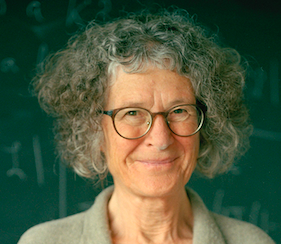Faglige interesser
Algebraisk geometri, spesielt enumerativ geometri og snitteori, singulariteter, modulrom, toriske varieteter; algebraiske metoder i datastøttet geometri, reelle algebraiske kurver og flater.
Bakgrunn
Education:
1976 Ph.D., Massachusetts Institute of Technology, USA
1972 Cand.real., University of Oslo, Norway
1970 D.E.A., Université de Paris (Orsay), France
1969 Cand. mag., University of Oslo, Norway
Positions:
1987 - Professor, University of Oslo
1979-1986 Assoc. professor, University of Oslo
Research visits (1-12 months):
Institut Mittag-Leffler, Djursholm; MSRI, Berkeley; École Normale Supérieure,Paris; Bunting Institute/Harvard University; Université de Grenoble; Universidad Federal de Pernambuco, Recife; Institut des Hautes Études Scientifiques, Bures; École Polytechnique, Palaiseau; Massachusetts Institute of Technology.
Verv
2020–2024 Chair of the Scientific Council of the Fondation Mathématique Jacques Hadamard
2015–2025 Member of the Heidelberg Laureate Forum Foundation Council
